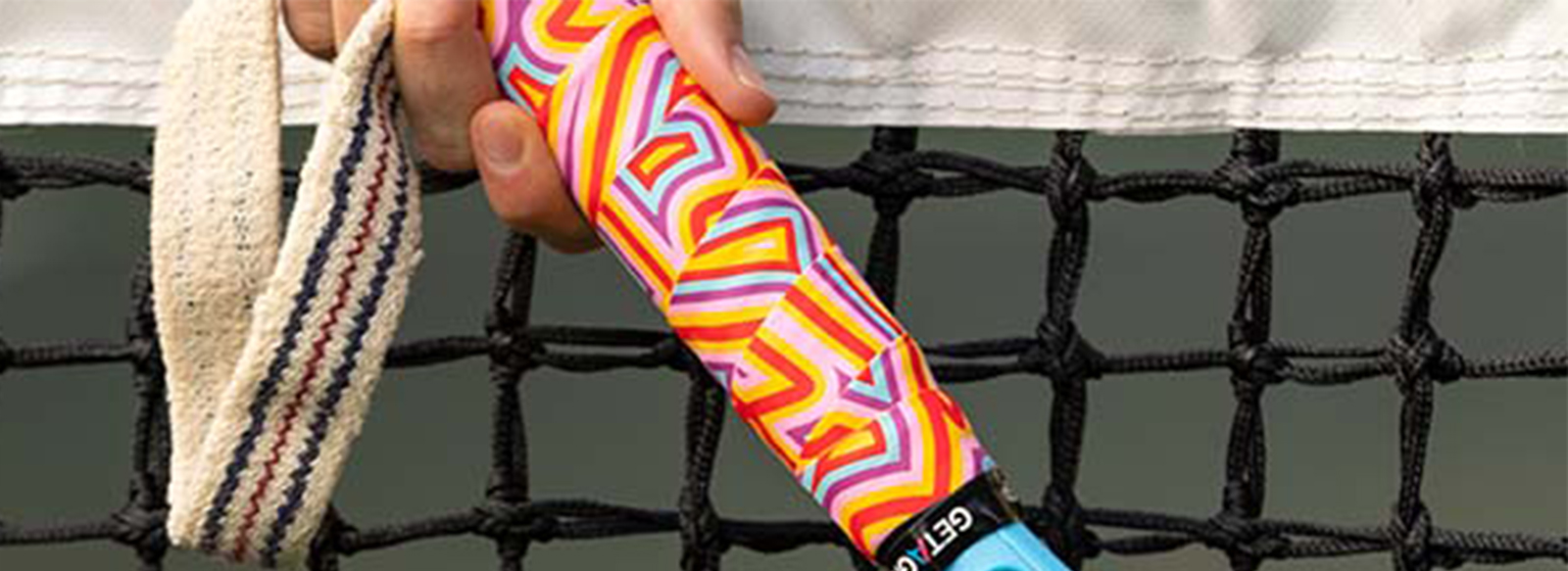
Active Away Partner Get A Grip
We’re excited to announce our partnership with Get A Grip, one of the UK’s favourite tennis grip providers. On our Tennis Holidays at Active Away,
HomeTennis Rackets
Our Tennis Racket Blog helps you make an informed decision on your next tennis racket!
Tennis Rackets Blog
Tennis enthusiasts of all levels can find helpful information on the latest tennis gear, techniques, and Rackets on the Active Away Tennis Racket Blog. Looking for information on Tennis Racket specifics that will help you with tennis injuries? Or which Tennis Racket to use depending on how often you play and your game style? Look no further! This blog provides comprehensive information on Tennis Rackets including which rackets to use and key Tennis Racket information from our highly educated team of coaches.
First of all, there are a few elements to consider when buying a Tennis Racket…
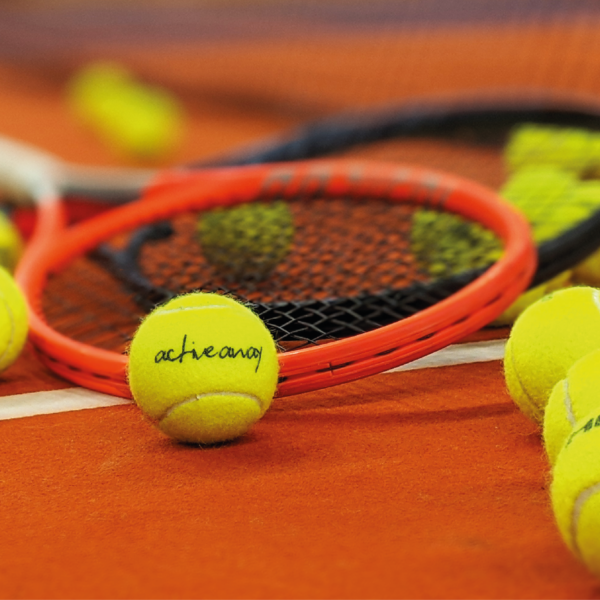
Tennis Racket – How to choose
Size: The size of the Tennis Racket makes a big difference.
The size of the racket head can make a big difference depending on ability and preference. The bigger the head size, the bigger the sweet spot for striking the ball is. The sweet spot is the place in the middle of the strings where making contact with the ball is more pleasurable and produces better results. We all want to hit the sweet spot every time and so why not go for the biggest head size possible to ensure we have the biggest sweet spot possible? Well, here is why…
Larger Tennis Racket Head Size (above 102 square inches)
Smaller Tennis Racket Head Size (below 100 square inches)
If you think you can hit the sweet spot perfectly nearly every time, why not try out the Wilson Pro Staff.
I had a conversation with some of our team of coaches here at Active Away, and we came to the conclusion that for a beginner to regular club player, a Tennis Racket head size between 100 and 102 square inches is perfect for finding the sweet spot and a key advantage of a larger head size is that even when the sweet spot is missed, the larger head size allows for redemption and even on a mishit, the shot can still land over and in at times.
Material: Why Tennis Rackets are being made predominantly out of graphite.
Tennis Rackets can be made from several different materials. While this does not automatically make one racket superior to another, different materials have shown to suit different players over the years.
Wooden Tennis Rackets started to become less popular when the 1980’s came around and brands started to develop Tennis Rackets using graphite materials. Dunlop and Prince were two of the main leading tennis brands in the evolution towards graphite rackets. Most racket frames nowadays are built from light-weight graphite or graphite composites using elements like titanium, kevlar, or fibreglass, which provide greater frame flexibility and are also cost-effective materials to use. We recommend using a Tennis Racket made from graphite materials and here is why…
Weight: How the weight of a Tennis Racket can affect your playing style.
Tennis rackets made of graphite can weigh anything from 225 to 340 grams with heavier Tennis Rackets ranging from 300+ grams and lighter rackets starting below 280 grams.
For any fellow tennis history nerds – In the 1970’s tennis rackets got heavier and players got better. In response to the new technology, the United States Tennis Association (USTA) banned rackets over 11.5 ounces. But that didn’t stop people from using them. And it didn’t make them play any worse. In fact, they started winning more. Eventually, the USTA lifted the ban and now almost every professional tennis player uses a heavier racket.
With that being said, the heavier a Tennis Racket is, the less likely you are to be able to achieve your desired spin on your shots. On top of that, if you are hitting with a heavier Tennis Racket, it can make it harder for you to move around and adjust yourself in a timely manner to set up for your next shot and early preparation is very important in tennis for two reasons. Firstly, you are putting yourself in a better position to hit the sweet spot and strike the ball well and secondly, you can take time away from your opponent by taking the ball on earlier.
Although every tennis player has a different athletic build, game style and comfort level with a Tennis Racket, rackets that fall between lightweight and heavy (between 280 and 300 grams) are the most popular because they offer a competitive specification that players can use comfortably. I have played tennis for over 10 years and started at the age of nine competing all around the world and I use a heavier racket, the Head Radical Pro – weighing in at 315 grams. Nowadays once you find a racket you like, there are different models within that same racket with different weights so you can have the same specifications you feel comfortable playing with whilst choosing a weight which is right for you.
If you are unsure on how heavy your racket should be, why not demo a few different sizes from a retailer where you can rent rackets before you buy. Check out Top Spin Tennis Demo Service for more info.
Grip size: Why your grip size may be having a negative effect on your comfort levels and even your tennis game.
The grip is important for controlling the tennis racket and choosing the right grip size can help to avoid common injuries like tennis elbow. If a grip size is too small, it can lead to various tennis injuries due to the Tennis Racket twisting in your palm whilst playing or from gripping the racket harder than you should and overusing muscles. A grip that is too big prevents wrist snap on serves (needed for extra power), makes changing grips more difficult, and you tend to use more muscle power unnecessarily leading to over use and a higher chance of getting injured. Common injuries from a grip size that is too small or large include tennis elbow, tendonitis and wrist / shoulder pain.
Our tip – You need a larger grip size if your fingers go all the way around the handle and back into your hand when holding the Tennis Racket as you normally would.
When choosing which grip size is right for you, remember that if you think you have the wrong size, you can always add an over grip onto the racket for extra comfort or replace the original grip with a thinner or thicker grip to match your preferred comfort level when holding the racket. A replacement grip is great for if you feel you need to take the original grip off the racket as it has been used for too long or it may be because you prefer a different sized grip for a better suited comfort level.
An over grip goes over your existing grip and has many uses other than adding another layer of circumference for grip comfort. With an over grip, you can also change the texture of how your grip feels and with so many brands and colours to try, you can change the aesthetic look and feel of your racket for as little as a few pounds. An over grip can be used as a replacement grip too!
Check out our Myths about Grips Blog here for some free coaching advice on which grips to use for technique focusing on the forehand grip.
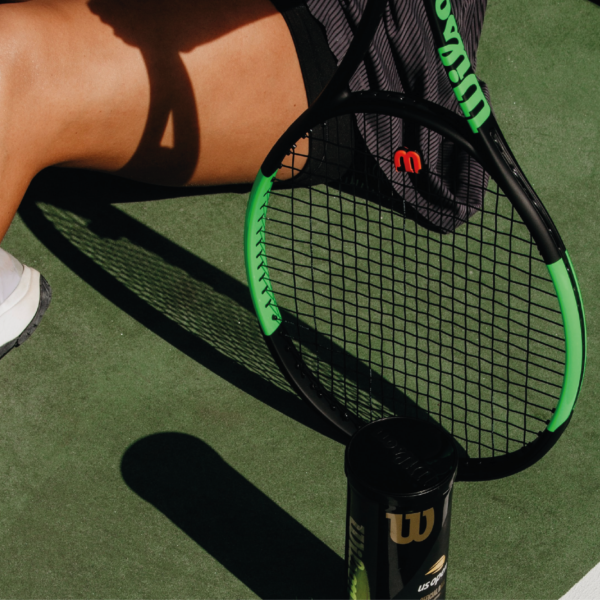
Tennis Racket Recommendations
There are a lot of factors to consider when picking the right Tennis Racket. If you’re a beginner, you’ll want something light and easy to swing. If you’re an experienced player, you may want something with more power and a smaller head size. Here are four different Tennis Rackets and their corresponding benefits:
Check out our How to Choose the Right Tennis Racket Blog here for further information on finding the right racket for you.
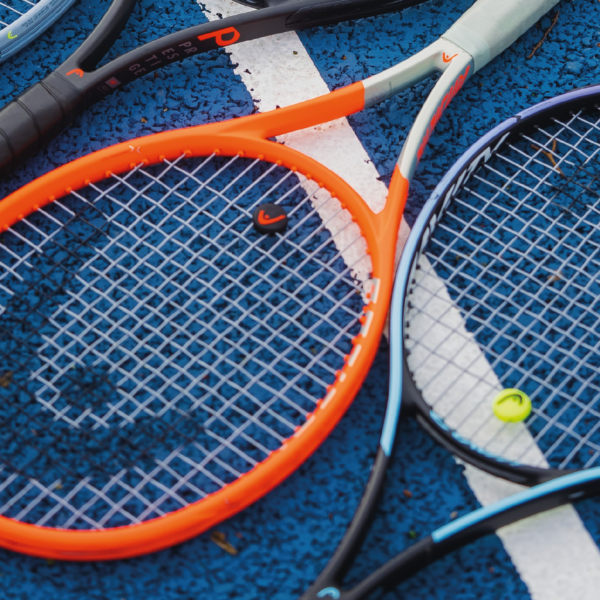
Tennis Racket vs Racquet
Whether you spell it as Tennis Racket or Racquet, people will always understand what you mean but what is the real difference? Let’s get down to business – the meanings of the two. Racket can be used to describe a loud noise, or an ongoing commotion as well as a piece of equipment for playing sports – generally spelt this way in American English. Racquet however, has no other meanings outside of being related to sports and was derived from a misspelling of the French word. In Tennis, racket is preferred and more commonly used but for certain sports such as squash and racquetball, or in names of health and racquet clubs, racquet is used more often than not. It is normally very easy to distinguish whether someone is talking about a noise or sports equipment but in case you ever needed to know the difference when writing, we hope this has helped give you some clarity.
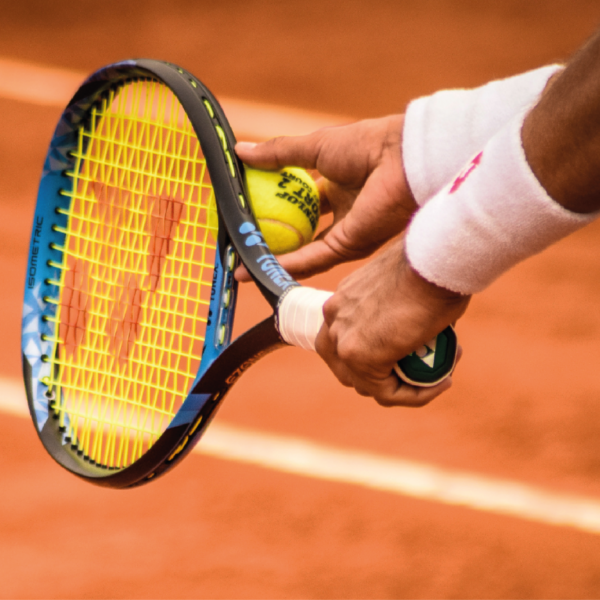
Key Takeaways
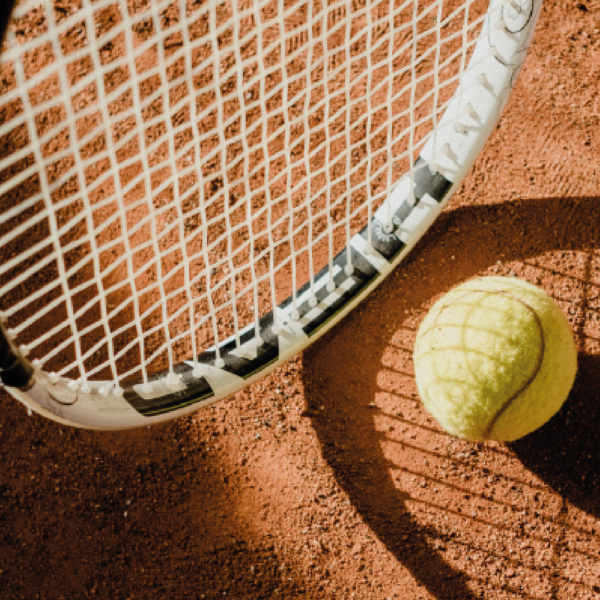

We’re excited to announce our partnership with Get A Grip, one of the UK’s favourite tennis grip providers. On our Tennis Holidays at Active Away,

We’re delighted to announce our partnership with Fabryx. Fabryx will be working alongside Head to supply our coaches with kit for the upcoming Tennis Holiday
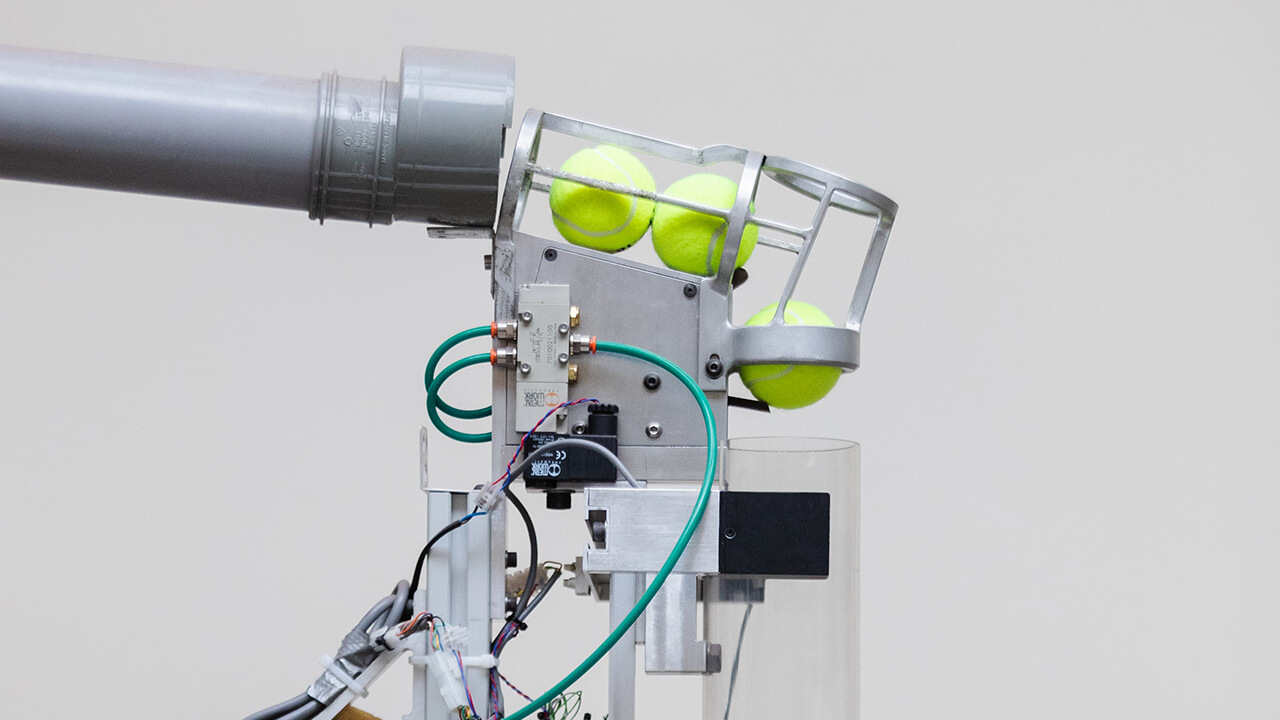
Discover some of the best Tennis Technology as tested by our Tennis experts!
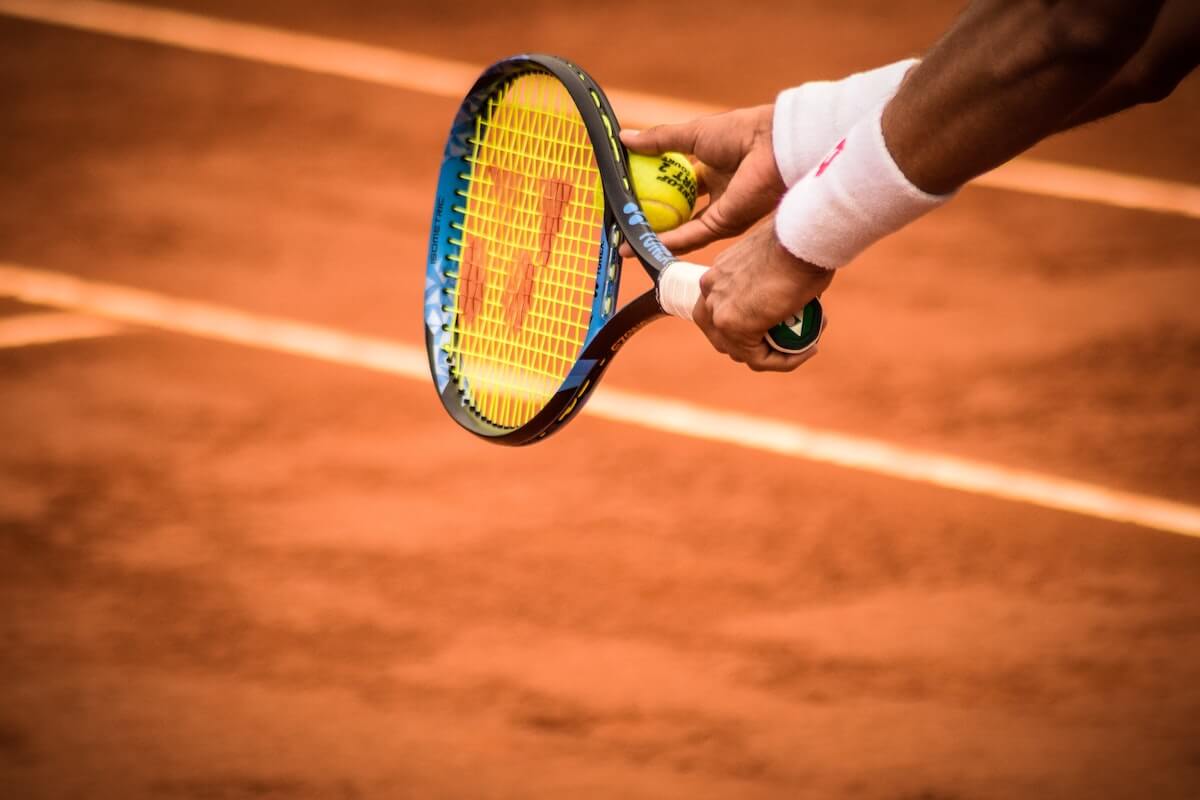
Unsure on what strings to use for your tennis racket?
Our blog on Tennis Stringing covers all the key information on all things Tennis Strings.
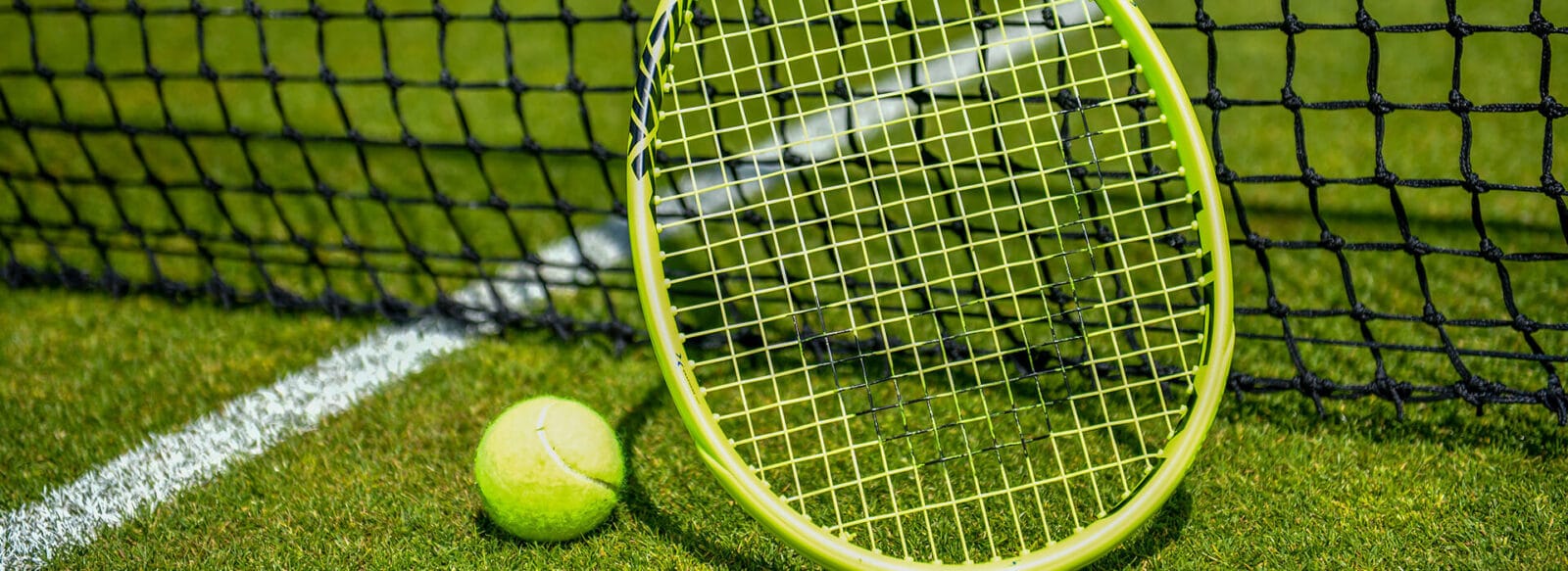
How do you choose the right tennis racket? For many tennis players, including myself choosing a tennis racket can be a difficult and daunting task.







| Cookie | Duration | Description |
|---|---|---|
| cookielawinfo-checkbox-analytics | 11 months | This cookie is set by GDPR Cookie Consent plugin. The cookie is used to store the user consent for the cookies in the category "Analytics". |
| cookielawinfo-checkbox-functional | 11 months | The cookie is set by GDPR cookie consent to record the user consent for the cookies in the category "Functional". |
| cookielawinfo-checkbox-necessary | 11 months | This cookie is set by GDPR Cookie Consent plugin. The cookies is used to store the user consent for the cookies in the category "Necessary". |
| cookielawinfo-checkbox-others | 11 months | This cookie is set by GDPR Cookie Consent plugin. The cookie is used to store the user consent for the cookies in the category "Other. |
| cookielawinfo-checkbox-performance | 11 months | This cookie is set by GDPR Cookie Consent plugin. The cookie is used to store the user consent for the cookies in the category "Performance". |
| viewed_cookie_policy | 11 months | The cookie is set by the GDPR Cookie Consent plugin and is used to store whether or not user has consented to the use of cookies. It does not store any personal data. |